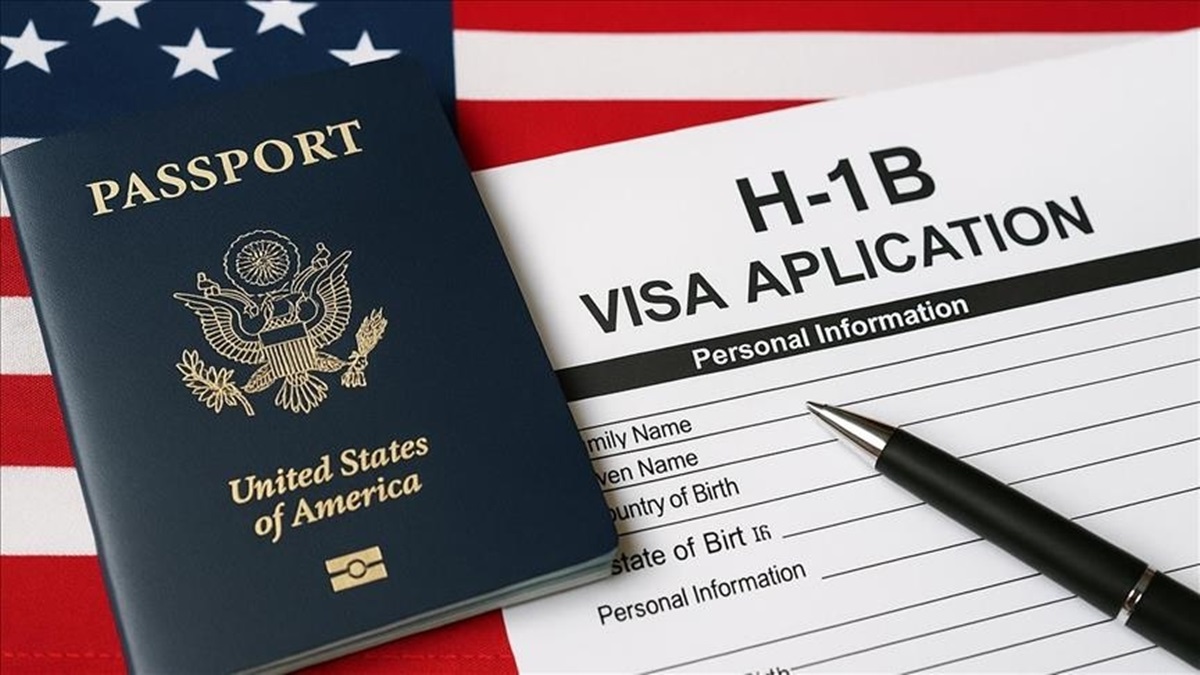ChatGPT Cautionary Tales for White Collar Workers
The year is 2023. The world is a whirlwind of innovation, and a new digital oracle has arrived to make our lives infinitely easier. It can write code, compose sonnets, and generate a meticulously researched report on the migratory patterns of the North Atlantic Puffin. Its name is ChatGPT, and it is a marvel of human ingenuity. It is also, in the hands of the careless, a career-ending, company-collapsing, civilization-ruining digital confetti cannon of catastrophe.
This is not a story about how to use ChatGPT. This is a field guide to what happens when you don’t. This is a cautionary tale, a series of parables for a new digital age, a list of professional epic fails compiled for your educational—and highly therapeutic—benefit.
So, for all the eager beavers and digital trailblazers out there, here are the most spectacular ways to not use ChatGPT at work.
The Crown Jewels of Code
Our first tale features Srini, a mid-level software engineer at a major tech company. Srini is a good engineer, but he’s under a tight deadline and his code is riddled with a bug so elusive it’s practically a digital cryptid. Frustrated, he has a stroke of genius. “Why debug it myself,” he thinks, “when I can have the most powerful AI in history do it for me?”
He copies a massive block of proprietary source code—the very digital DNA of his company’s flagship product—and pastes it into the ChatGPT prompt box. “Please fix this,” he types, as if talking to a highly advanced rubber duck.
Within seconds, the AI spits out a perfectly clean, elegant solution. Srini, elated, copies the new code, pastes it back into his project, and hits ‘commit’ with a triumphant flourish. He feels like a hero.
What Srini failed to realize is that he just offered his company’s crown jewels to the public domain. The code, once a fiercely guarded secret, was now part of a large language model’s training data. It’s like a secret agent revealing classified intel to a journalist, who then publishes it in the morning paper—which, for the purposes of this analogy, is the internet. When the security team arrives at work – in full-body hazmat suits, their faces grim, Srini is escorted downstairs. The company’s stock price does a little shimmy downward too, and Srini loses his H1b visa and loses the right to work in the valley forever.
The lesson: Your company’s proprietary code is not a snack you feed to an AI. It’s a closely guarded secret. Keep it that way.
The Case of the Misplaced Muffin
Meet Brenda, a freshly minted law associate. She’s been tasked with writing a legal brief and needs a precedent-setting case to bolster her argument. In her haste, she types into ChatGPT, “Find me a case about contractual disputes involving baked goods.”
ChatGPT, with the confidence of a seasoned senior partner who’s had too much coffee, dutifully fabricates a case: The People v. Muffin Man. The AI cites a non-existent statute, references a fictional Justice named Bartholomew P. Gavel, and crafts a beautifully detailed, but entirely imaginary, legal history. Brenda, seeing what she believes is the perfect citation, files the brief.
In court, the judge squints at her submission. “Ms. Rodriguez,” he says, his voice a low rumble, “Am I to understand that your entire argument rests on a case from the Ninth Circuit Appellate Court, which to the best of my knowledge, is a legal hallucination? And Justice Gavel? Was he appointed by the Queen of Hearts?”
Brenda, of course, is utterly humiliated. Her firm, in a state of utter disbelief, is fined and sanctioned. The story becomes a running joke in legal circles, proving once and for all that while ChatGPT can be a great assistant for drafting, it should never, ever be trusted for verifiable facts. It’s like showing off a faux Rembrandt.
The Digital Confessional
Deepika is a modern professional, which means she lives and breathes on her digital devices. Her ChatGPT chat history is a comprehensive look into her psyche. It contains prompts for her boss’s quarterly report, a pitch deck for a multi-million-dollar deal, and a meticulously crafted argument for why she deserves a pay raise. It also contains the entire plot of the fanfiction novel she’s writing, a highly detailed critique of the office coffee machine’s shortcomings, and a series of prompts for personalized, passive-aggressive notes she planned to leave for the person who keeps stealing her lunch.
Then, a bug hits. For a brief, terrifying window, some users’ chat titles and data were exposed to others. Deepika’s heart stops as she imagines her colleagues seeing her chats: “Final Draft: Q4 Business Strategy,” followed by, “Is it possible to make the office coffee machine sentient and have it exact revenge?” The bug is quickly fixed, but the panic lingers. It’s a chilling reminder that those “private” chats are on a server somewhere, and a single bug can turn your digital confessional into a public spectacle.
The Board Minutes Massacre
Santosh from HR is a man of efficiency. His motto is “automate everything.” One day, he’s tasked with creating a summary of the Q3 board minutes. The minutes, however, contain sensitive information about an upcoming merger, a major round of layoffs, and the CEO’s bonus structure. Santosh, seeing an opportunity to streamline his workflow, uploads the entire, unredacted PDF to ChatGPT with the prompt: “Summarize this.”
The AI, a model of efficiency itself, happily complies. Santosh, as his name goes, is duly proud and satisfied with his speedy output, uses the summary in a report. What he fails to realize is that the confidential data is now sitting on a third-party server, waiting for the next platform breach or bug. The same data that could swing a stock market, ruin reputations, and cause a serious regulatory headache is no longer under his company’s control. Santosh’s automation ‘win’ quickly turns into a data-handling disaster that makes him a cautionary tale for every compliance officer in the industry.
The PR Crisis of a Lifetime
A major corporation is in the midst of a public relations nightmare. Their company mascot, a friendly, cartoonish squirrel, was caught on camera doing something highly un-squirrel-like. The CEO and PR team are in a full-blown panic. A young PR associate, fresh out of college, suggests using AI to write a statement. “It’ll be fast, neutral, and won’t be emotionally charged!” he exclaims.
The team, desperate, agrees. The associate types, “Write a crisis statement for a company whose mascot, a squirrel, has been involved in a public incident.”
The AI, in a moment of pure, logical brilliance, generates a statement that reads like it was written by an emotionless robot. “We regret that the squirrel entity engaged in a consumption event of a non-sanctioned food product. We are initiating a behavioral modification protocol for the animal in question and will ensure no further incidents of this nature occur. Our commitment to our brand remains in a state of optimal operation.”
The statement goes viral, not for its professionalism, but for its robotic and absurd tone. The public, already angry, now sees the company as callous and out of touch. The crisis, instead of being managed, has been amplified a thousandfold. The takeaway: when facing a PR crisis, a human touch is not just a nice-to-have; it’s a survival mechanism.
The Angry Customer AI Disaster
A social media manager, Dave, is facing an onslaught of angry customer messages. One, from an account named “FuriousFrank,” is particularly scathing. Instead of crafting a careful, empathetic reply, Dave uses ChatGPT to generate a response. He copies FuriousFrank’s message and asks the AI to “write a polite and helpful response.”
The AI, however, hallucinates. It doesn’t just write a polite response; it offers specific, but completely false, technical advice. “It seems your issue may be related to the flux capacitor. We suggest you recalibrate it by engaging the hyperdrive and resetting the temporal displacement unit.” The advice is a mishmash of sci-fi jargon and nonsensical instructions. Frank, baffled and even more furious, posts the AI-generated reply on social media, where it is shared hundreds of thousands of times. The company is roasted. Dave’s career becomes a footnote in the history of social media blowups.
The Un-Audited Advice
Imagine a financial analyst using ChatGPT to write a report recommending a stock; an accountant using it for tax advice or a doctor using it to diagnose a patient. In each of these scenarios, the AI, despite its incredible language skills, lacks one crucial thing: accountability. It’s a tool, not an authority. To rely on its un-audited medical, financial, or legal advice is a one-way ticket to a malpractice suit or a compliance breach. It’s like asking a magic eight ball for investment advice and then being surprised when you lose your house. The AI is a powerful sounding board, but it is not a licensed professional.
The Biased Hiring Fiasco
Linda is a hiring manager at a big corporation. She’s been tasked with screening thousands of resumes and decides to use AI to “objectively” rank candidates. She feeds the AI all the resumes and asks it to “identify the top 50.” The AI, having been trained on a world of data that contains historical biases, begins to favor candidates with traditional, Anglo-Saxon sounding names and a history of working at prestigious, male-dominated companies. It rejects a highly qualified candidate from a non-traditional background, citing a “lack of cultural fit” in its generated summary.
When HR reviews the process, they discover the AI’s inherent biases. They realize they’ve just exposed the company to a massive discrimination lawsuit. The quest for “objective” AI has led to a completely biased and potentially illegal outcome, a powerful reminder that AI is only as good—and as fair—as the data it was trained on.
The Space Pirate Ad Campaign
Finally, there’s the case of the mixed accounts. A creative freelancer, working on a major corporate ad campaign, uses the same ChatGPT account for her professional work and her personal creative projects. Her personal project? A space-faring epic about a heroic group of space pirates.
One day, while drafting ad-copy for a new insurance product, she gets a little too quick with her prompts. Instead of receiving polished, professional copy, the AI, having been subtly influenced by her personal work, generates an ad campaign pitch that begins: “In a universe of cosmic uncertainty, where the specter of asteroid fields looms, you need more than just hope. You need ‘Guardian Galactic,’ the only insurance policy for space pirates who value their bounty!”
She accidentally sends the pitch to her client. The client, a buttoned-up executive, is less than amused. The freelancer quickly realizes that the digital lines she thought were separating her personal and professional lives were, in fact, non-existent.
To Hold Hands with ChatGPT or Put a Hold on ChatGPT is the Question.
Each of these tales, while humorous, is rooted in very real, very expensive, and very preventable mistakes. The bottom line is simple: AI is an incredible tool, but it’s a tool that requires human oversight, strict policies, and a healthy dose of professional skepticism. To use it carelessly is to invite a digital disaster of epic proportions.
So, the next time you find yourself about to paste a confidential document into an AI, or rely on its output without verification, take a moment. Pause. Remember Srini, Deepika, and the space pirates. Because the only thing faster than ChatGPT’s response is the speed at which a company can unravel when a single prompt goes wrong.
















